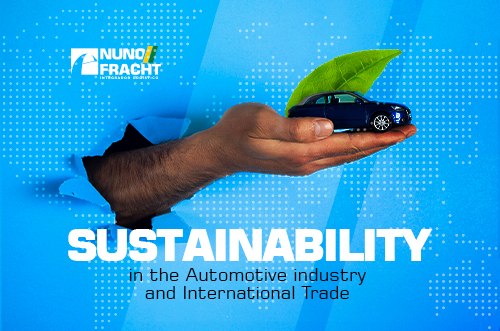The transportation of goods is one of the pillars of global trade, but it obviously leaves a considerable “carbon footprint”, since most vehicles use energy sources that emit CO₂.
According to the US Environmental Protection Agency (EPA), the transportation sector is responsible for about, 29% of the country’s greenhouse gas emissions.
Internationally, the scenario is even more disturbing, since the International Civil Aviation Organization (ICAO) reports that commercial cargo flights emit approximately one billion tons of CO₂ every year. Note that these figures do not include the impacts of road and sea transportation.
However, it’s not only CO₂ emissions that are causing concern. There’s also an environmental cost surrounding the kind of packaging used to transport goods. A report by the Ellen MacArthur Foundation points out that only 14% of plastic packaging is recycled, while the rest ends up in landfills or polluting the environment.
Furthermore, throughout international trade, this percentage can be even lower, due to variations in recycling standards among different countries.
There are, in fact, more sustainable alternatives, such as packaging made from plant fibers or biodegradable materials. Consultancy Grand View Research projects that the sustainable packaging market will grow by 5.1% a year until 2025, as companies seek to reduce their carbon footprint. Thus, the adoption of “Green Packaging” can make a significant difference to the global supply chain.
This introduces us to an increasingly important term: “Supply Chain Sustainability”, which covers everything from obtaining raw materials to delivering the final product, with the aim of minimizing environmental impacts. According to the World Bank, a more sustainable supply chain could reduce CO₂ emissions by up to 22%.
Corporate Social Responsibility (CSR) also plays a critical role. Companies that integrate sustainable practices not only benefit the environment, but also gain a competitive advantage.
The Harvard Business Review states that organizations with strong sustainability credentials outperform those without them, especially among competitive markets.
In conclusion, international transportation and associated logistics have a substantial impact on the environment, both in terms of CO₂ emissions as well as in the consequences generated by the use of unsustainable packaging.
Fortunately, there are alternatives and business practices that can mitigate these effects. The challenge now is to implement them more widely to ensure a greener future for everyone.


